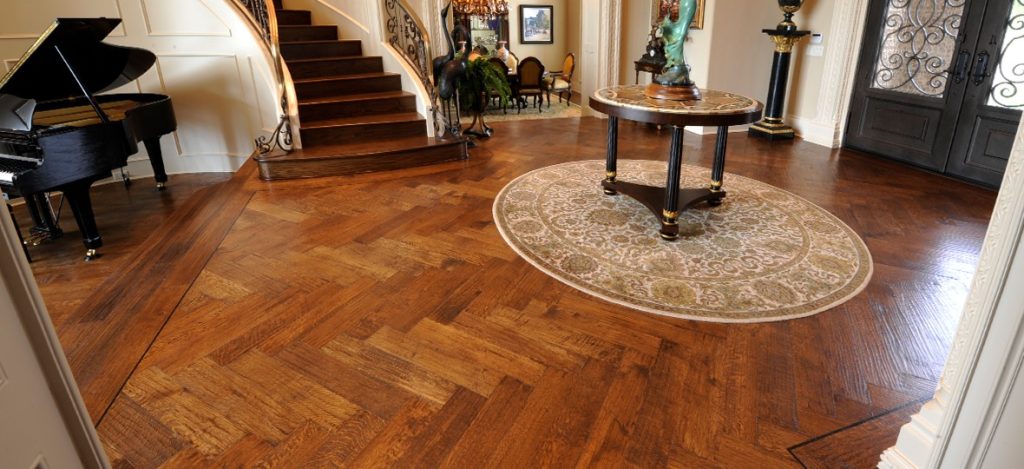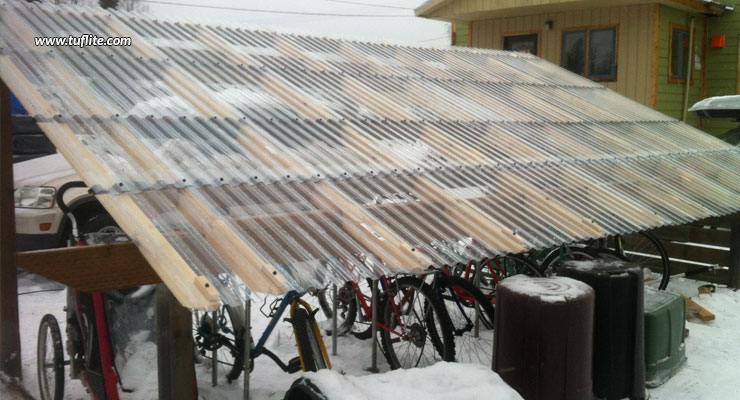Owning a residential pool can be a source of joy and relaxation for homeowners, providing a perfect oasis for hot summer days and a focal point for outdoor entertainment. However, ensuring that your pool remains in pristine condition requires regular maintenance and, occasionally, repairs. Comprehensive pool repair services are essential for addressing any issues that may arise, ensuring that your pool remains safe, functional, and visually appealing. One of the most common issues that homeowners face with their residential pools is leaks. Even a small leak can result in significant water loss and potentially damage the surrounding area. A comprehensive pool repair service will include leak detection and repair, utilizing advanced techniques such as pressure testing and dye testing to pinpoint the source of the leak accurately. Once identified, skilled technicians can then proceed with the necessary repairs, whether it involves patching a crack in the pool’s structure or replacing a faulty seal. In addition to leaks, residential pools may also experience problems with their filtration systems. A malfunctioning filter can lead to poor water quality, algae growth, and other sanitation issues.

A reputable pool repair service will have expertise in diagnosing and repairing various filtration system problems, from clogged filters to pump malfunctions. Purdy Pools pool service company in Scottsdale AZ can also provide recommendations for upgrades or replacements if necessary to ensure optimal filtration performance. Tile and coping issues are another common concern for residential pool owners. Over time, tiles may become cracked or loose, while copingstones can deteriorate due to exposure to the elements. A comprehensive pool repair service will offer solutions for repairing or replacing damaged tiles and coping, restoring the aesthetic appeal of the pool while also addressing any underlying structural issues. Furthermore, the pool’s decking and surrounding area may require attention to maintain safety and functionality. Cracked or uneven decking can pose a tripping hazard, while deteriorating concrete can detract from the overall appearance of the pool area. A professional pool repair service can assess the condition of the decking and recommend repairs or resurfacing to ensure a smooth and safe surface for poolside activities.
Another critical aspect of comprehensive pool repair services is addressing issues with the pool’s plumbing and electrical systems. Leaks or blockages in the plumbing can disrupt water flow and circulation, affecting the pool’s overall performance and efficiency. Similarly, electrical problems such as malfunctioning lights or heaters require prompt attention to prevent safety hazards. A qualified pool repair service will have the expertise to diagnose and resolve these issues, ensuring that the pool’s plumbing and electrical systems operate smoothly and safely. In conclusion, comprehensive pool repair services are essential for maintaining the safety, functionality, and aesthetic appeal of residential pools. Whether addressing leaks, filtration system problems, tile and coping issues, decking concerns, or plumbing and electrical issues, a reputable pool repair service will have the knowledge, skills, and resources to keep your pool in top condition. By investing in professional pool repair services, homeowners can enjoy their pool with confidence, knowing that it is well maintained and ready for years of enjoyment.





